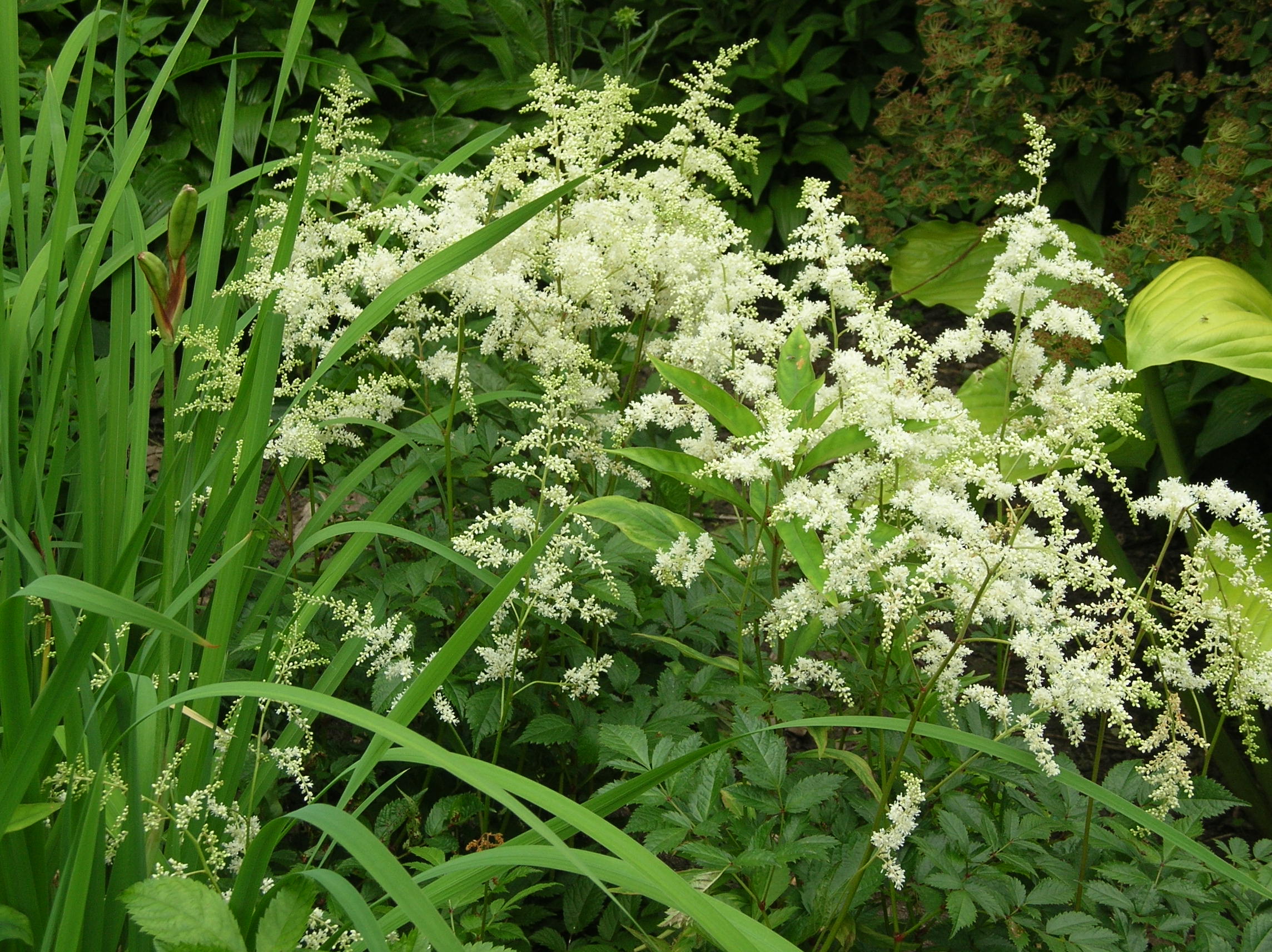Description
White plumes turning creamy in July
White plumes turning creamy in July
White plumes turning creamy in July
OUT OF STOCK
Rosettes of succulent leaves
Size: 4” x 4”
Care: sun in well-drained to moist well-drained soil
Native: Alps & Pyrenees Mountains
Grown in gardens for thousands of years. Sempervivum means “live forever.” Romans planted Hens and chicks on their roofs to ward off lightening. As a succulent it holds water and is probably more difficult to catch fire. “This practice was preserved for historians when Charlemagne (720-814), first Holy Roman Emperor and unifier of a large part of northern Europe, ordered that all villagers within his crown lands plant houseleeks on their roofs He decreed: “Et ille hortulanus habeat super domum suam Iovis barbam. (And the gardener shall have house-leeks growing on his house. Capitulare de villis, about 795, LXX.)”
Soft, majestic purple-magenta thistles on prickly silver foliage and stems.
Can not ship to: Arizona, Arkansas, Colorado, Connecticut, Idaho, Missouri, Nebraska, Nevada, New Mexico, North Dakota, Oklahoma, Oregon, South Dakota, Texas, Utah, Washington and Wyoming.
Size: 4-6’ x 2”
Care: full sun in moist, well-drained soil
Native: Europe and western Asia
Wildlife Value: Bees, butterflies and birds
Identified by Dioscorides in De Materia Medica for medicinal use around 70 A.D. Chosen as the symbol of Scotland by King James V. According to legend the Scotch thistle helped Scotland fend off a night-time Viking invasion by preventing a sneak attack. It caused the Vikings to scream in pain waking the Scots. Introduced to American gardens in late 1800’s.
Purple, upfacing bells for months in mid to late summer
Size: 4-6” x 20”
Care: full sun-part shade in moist well-drained soil
Native: Northern Yugoslavia
Awards: England’s Royal Horticultural Society Award of Merit. Top rated Chicago Botanic Garden & Elisabeth Carey Miller Botanical Garden Great Plant Pick.
Campanula is Latin meaning “little bell.” 1st described in Systema Vegetabilium 5: 93 in 1819 by one of its discoverers, Franz Edler von Portenschlag-Ledermayer (1772-1822).
Small crimson-red bells dangle from July to September
Size: 8’ x 3’
Care: Sun in humusy, fertile, moist well-drained soil. Mulch around the base. Flowers on current year’s stems so cut back to 6-9” in late winter or early spring.
The genus Clematis was named by Dioscordes, physician in Nero’s army, from “klema” meaning climbing plant. The species 1st collected by the “Father of Texas botany,” Ferdinand Lindheimer in 1830’s. Max Leichtin of the Baden Garden sent Clematis texensis to Kew Botanic Garden near London in 1880’s. French nurseryman Francisque Morel sent this selection to William Robinson who named it for his English nursery at Gravetye Manor in 1914.

